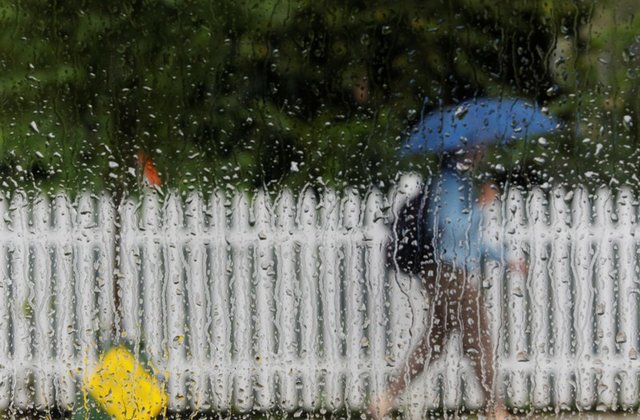
After a successful experiment of the rainwater harvesting project, the Punjab government has decided to replicate the project in other districts of the province, besides construction of two more underground rainwater storage projects in the metropolis.
Punjab Chief Minister Sardar Usman Buzdar, while reviewing the performance of the Punjab Housing Department on the other day, approved gradual replication of rainwater storage projects in other districts of the province. Rainwater stored in these underground tanks would be utilised for horticulture and drinking purposes after purification.
The chief minister directed officials concerned of the provincial Housing Department to complete spadework for the project. He hailed the underground rainwater storage project idea and said the Lawrence Road rainwater storage project has proved successful as it helped in solving the chorionic issue of rainwater ponding in the area besides storage of 1.4 million gallons of water for subsequent use.
The chief minister was briefed that a new sewerage line would be constructed from Larek Colony to Gulshan Ravi with an estimated cost of Rs14 billion. The work is also underway on surface water treatment plant in the provincial metropolis with a cost of around Rs21 billion.
Meanwhile, the Lahore Development Authority (LDA) announced the construction of two underground rainwater projects in the city. LDA Governing Body in its 5th meeting, on Thursday, given go-ahead for replicating the model in Tajpura and outside Sheranwala Gate, Circular Road.
Rainwater reservoirs with a capacity of 1.2 and 1.5 million gallons will be constructed at these places respectively with an estimated cost of Rs240 million. The authority decided to roll out 11 such projects in the city in a phased program.
To address environmental pollution problem of the city, the governing body also allowed dense urban forestation at 24 places in LDA housing schemes for which a sum of Rs150 million had already been allocated in the new budget of the authority. LDA Director General Ahmad Aziz Tarar briefed the meeting various on-going and new projects.
The data highlighted that the groundwater level in the metropolis has dropped from 30-40 feet to 700-800 feet in most areas of the city during the last two decades. Punjab Irrigation Department has warned on numerous times that underground water table was dropping on average three-foot annually.
A spokesperson for the LDA said massive urbanisation has breached the natural ecosystem. Construction and pavement had virtually blocked the underground water recharge system in densely populated areas. Open spaces, parks and unpaved land area necessary to recharge natural underground water resource.
A study of the WWF Pakistan underscores that besides urbanisation excessive pumping of water is one of the main reasons of the rapid depletion of groundwater in the provincial capital. It indicates that the absence of any municipal water act or water-right law, groundwater is pumped indiscriminately by industries and private housing schemes and industry.
The study estimates that the water supply for domestic, industrial and commercial uses mainly comes from the groundwater, which is estimated to be 3.79, 0.92, 0.77 million-cubic-metres (MCM) per day, respectively. WASA supplies water to most urban areas, while Lahore Cantonment Board, Walton Cantonment Board, Defense Housing Authority, Model Town Society, Pakistan Railway and a large number of private housing schemes are responsible for supplying water to their respective areas.
The study showed that private housing societies in the provincial capital pump 0.37 million-cubic-metres (MCM) per day to supply water to their residents.
Data shows that the total domestic water consumption in Lahore is 1,384 MCM per annum.
Various international agencies have also warned that Pakistan has become one of the most water-stressed countries in the world and was rapidly heading towards becoming water scarce.
Published in The Express Tribune, August 7th, 2020
1729662874-0/One-Direction-(1)1729662874-0-405x300.webp)


1722421515-0/BeFunky-collage-(19)1722421515-0-165x106.webp)

1726722687-0/Express-Tribune-Web-(9)1726722687-0-270x192.webp)


1732011525-0/Express-Tribune-(8)1732011525-0-270x192.webp)








COMMENTS
Comments are moderated and generally will be posted if they are on-topic and not abusive.
For more information, please see our Comments FAQ